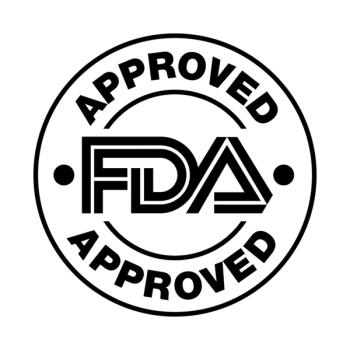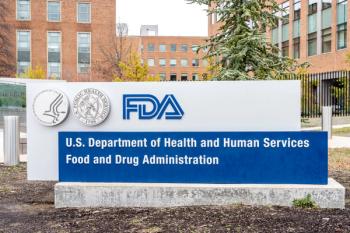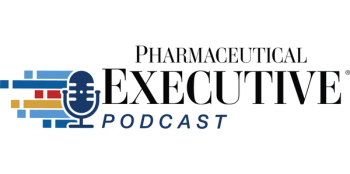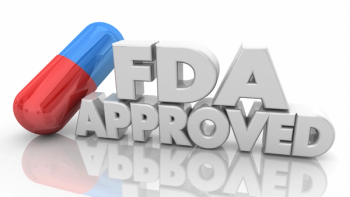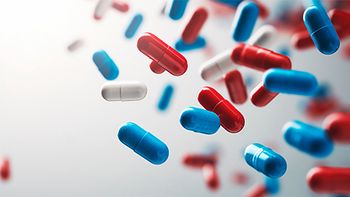
Overcoming The Challenges of Biofilm Penetration
Peptilogics Founder and CEO, Jonathan Steckbeck, explained that PLG0206’s membrane-active mechanism enables it to destroy both active and dormant biofilm bacteria overcoming a key limitation of traditional antibiotics.
Pharmaceutical Executive: How does your peptide technology overcome the challenges of biofilm penetration, and what broader implications could this have for infectious disease treatment?
Jonathan Steckbeck:Yeah, so specifically, the way the drug works, and what separates it from traditional antibiotics, is that it works by attacking kind of the outside of the bacteria. So it's a membrane active drug. And what that means is that in a biofilm, the main challenge is that you have kind of a mixed growth population. So the vast majority, say 90 to 95% of the bacteria are actively growing and metabolizing, but you have like five to 10% that aren't. They're just kind of sitting there dormant. And for typical antibiotics which affect growth processes, that means they can clear that 90 to 95% or kind of inactivate that 90 to 95% that are that are actively growing, but that last five to 10% they can't touch. And so when you remove the drug treatment, they grow back and again, as you alluded to in your in the first question, that's what leads to those really high failure rates, 206, because it works kind of on the membrane. It's able to inactivate both actively growing and those dormant bacteria, again, very rapidly and very effectively. And so it leads to a complete killing of all the biofilm bacteria, not just the ones that are actively growing. And that's what really separates it and allows it to be as effective as it has.
Newsletter
Lead with insight with the Pharmaceutical Executive newsletter, featuring strategic analysis, leadership trends, and market intelligence for biopharma decision-makers.

